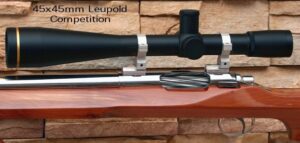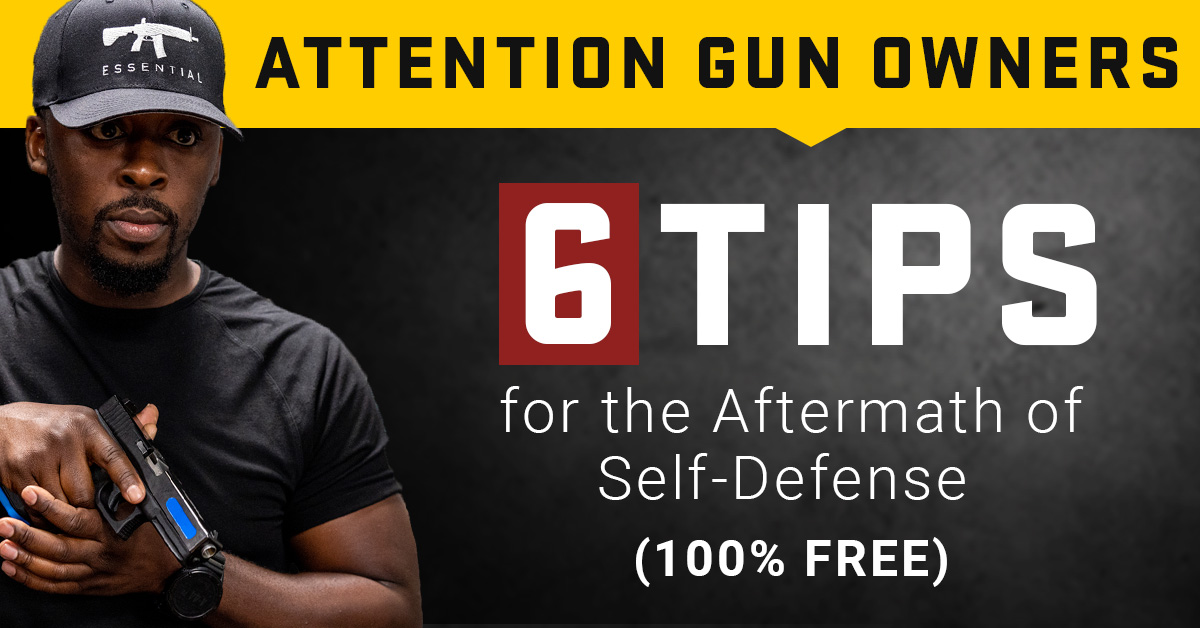Have you just purchased a new scope? You should check the actual click value before using the optic for competition (or long-range hunting). The reality may differ slightly from the listed click values. For example, a scope might list 1/4-MOA, or 1/8-MOA. Many scopes have click values that are higher or lower than what the manufacturer claims. The small difference adds up as you click through the elevation range. Bryan Litz from Applied Ballistics demonstrates how to verify the true click values by using a “Tall Target Test” in this video. The idea is to click at the bottom of a line and then move up about 30 MOA. Multiplying the number of clicked MOAs by 1.047 will give you the claimed value in inch. At 100 yards, for example, 30 MOA is exactly 31,41 inches. Next, measure the difference between your actual point and the stated MOA. If, for instance, your point-of-impact is 33 inches, you are getting more than stated MOA per click (assuming that the target is at exactly 100 yards). How to Perform the Tall Target TestThe tall target test will determine if you are getting the correct amount of adjustment from your scope. When you dial 30 MOA are you getting 30 MOA or 28.5 or 31.22 MOA? Verify, don’t assume! Knowing your scope’s click values will allow you to accurately apply a solution. Many perceived inaccuracies in long range ballistics are caused by scopes that do not apply the intended adjustment. Follow the steps on the Tall Target Worksheet to calculate a corrective factor and verify the scope’s real movement. This worksheet will guide you through the ‘calibration’ process, including measuring the true range to target as well as the actual POI shift.
Click HERE to DOWNLOAD Tall-Target Worksheet (PDF). >> NOTE: Don’t try to reach the maximum elevation when performing this test. Do not run the knob to the top of the stop. Bryan Litz explains that it’s important to avoid extremes of adjustment while performing the tall target test. I don’t really know how different the clicks are at the edges but they’re not the same. This Precision Rifle Network Video shows how to perform a scope-tracking check using the pre-printed Sniper’s Hide Tall Target (B2B) from Box to Bench Precision. This printed target is ideal for Milliradian Scopes because it has the primary line divisions measured in MILs. The travel is 10 mils (36 inch) from the bottom of the vertical to the top. The markings have a high contrast to make testing easier. This video contains some very useful tips on how to set up the target frame correctly, and ensure that the Tall Target is vertical. A plumb line can help. This video shows the vertical tracking of a Burris XTR III 5.5-30x56mm Scope. The actual testing begins at the 7:20 mark. The Precision Rifle Network offers many other educational videos. A new video is released every week. Should You Also Perform a WIDE Test?
What about testing your windage with a WIDE test? Bryan Litz says it’s not necessary. “The wide-target test isn’t important for a few reasons.” You don’t dial as much wind as elevation. Second, the windage you dialed is a guess at best; a moving-average that changes for every shot. You can gain a great deal by nailing the vertical to the click. However, this is not the case with windage. You’d never notice a 5% error on your scope’s tracking of windage.
Bryan says: “While preparing your Tall Target Test you should also ensure that your scope is mounted and aligned correctly. This is crucial to ensuring that you have a horizontal zero for long range shots when you dial in a bunch elevation. This is a must for all types of long-range shooting. You can’t be sure of your horizontal zero if you don’t have a properly mounted scope level (verified using a Tall Target).

















